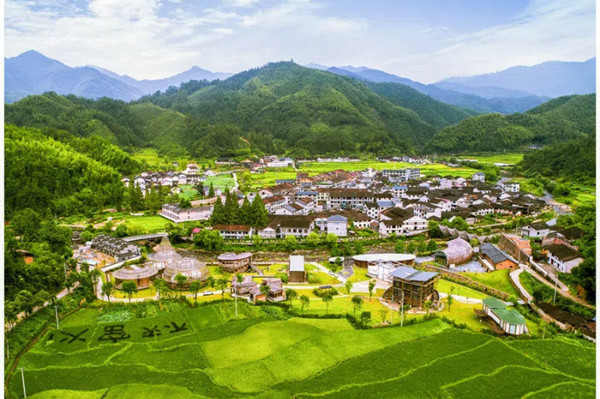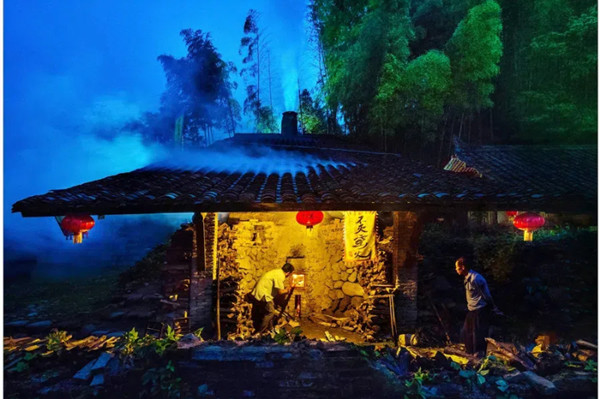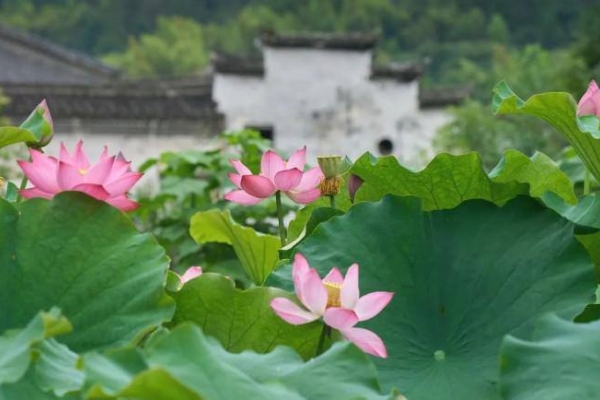Xitou village named UNWTO Best Tourism Village

Panorama of Xitou village. [Photo provided to chinadaily.com.cn]
Seven villages in China were recognized among the Best Tourism Villages 2024 by the United Nations World Tourism Organization at its 122nd session of the Executive Council on Friday in Cartagena, Colombia.
Selected for their blend of cultural preservation and sustainable tourism, the villages are: Azheke in Yunnan province, Guanyang in Fujian province, Shibadong in Hunan province, Taoping in Sichuan province, Xiaogang in Anhui province, Xitou in Zhejiang province, and Yandunjiao in Shandong province.
Tucked away in the mountainous region of Longquan, Zhejiang province, Xitou village is a place steeped in a millennium-long tradition of celadon porcelain making. Here, families have protected and handed down their artisanal techniques through the generations, preserving a cultural heritage that continues to define the village.
The village, with a history of 1,400 years, boasts seven ancient kilns still in use, a testament to its rich porcelain culture. The largest is a snake-shaped kiln nestled along a mountain. In 2009, the traditional wood-fired technique of Longquan celadon porcelain was recognized by UNESCO as an Intangible Cultural Heritage of Humanity.
Every year, celadon maker Zhang Xi orchestrates a local team of experienced potters to fire the kiln, a process that takes half a year to prepare. Tourists from across the country flock to witness the firing and the subsequent unveiling of the celadon porcelain's beautiful glazes taken from the kiln.

Ancient Loong kiln (Eternal kiln fire). [Photo provided to chinadaily.com.cn]
Zhang learned about making celadon-glazed pottery from his grandfather. The craft has been passed down through his family since the 18th century. In Xitou village, many families, like Zhang's, have sustained themselves for centuries through this cherished craft.
"The kiln fire in our village has lasted for centuries. We feel it's our mission to protect the tradition and craft," says 52-year-old Zhang.
In recent years, the village's pristine natural environment, centuries-old kilns, and rich celadon culture have attracted many established artisans to return. They have set up porcelain studios, opened guesthouses, and organized celadon porcelain-related cultural activities to entertain visitors.
Not far from the ancient kiln stands a complex of 18 bamboo buildings, designed by architects from nine countries. The largest of these serves as an exhibition space, showcasing both unearthed celadon ceramics and contemporary pieces crafted by local artisans.
The village offers a unique and enriching journey for tourists, says Zhang.

 Rare bird species spotted in Lishui
Rare bird species spotted in Lishui Lishui adds new bird record to Zhejiang
Lishui adds new bird record to Zhejiang Lishui's bird record expanded to 450 species
Lishui's bird record expanded to 450 species